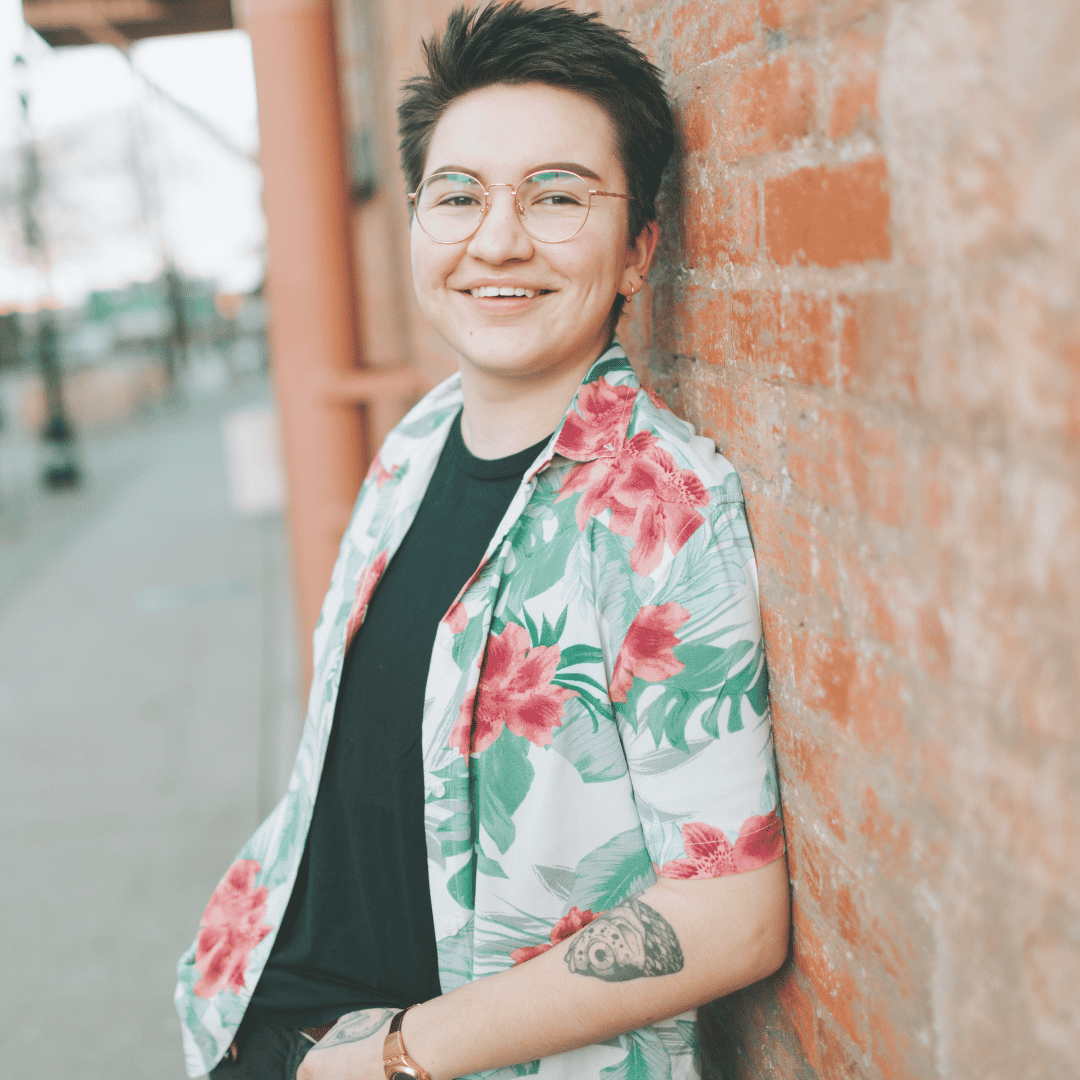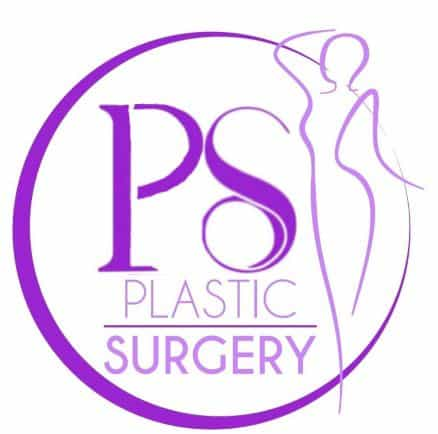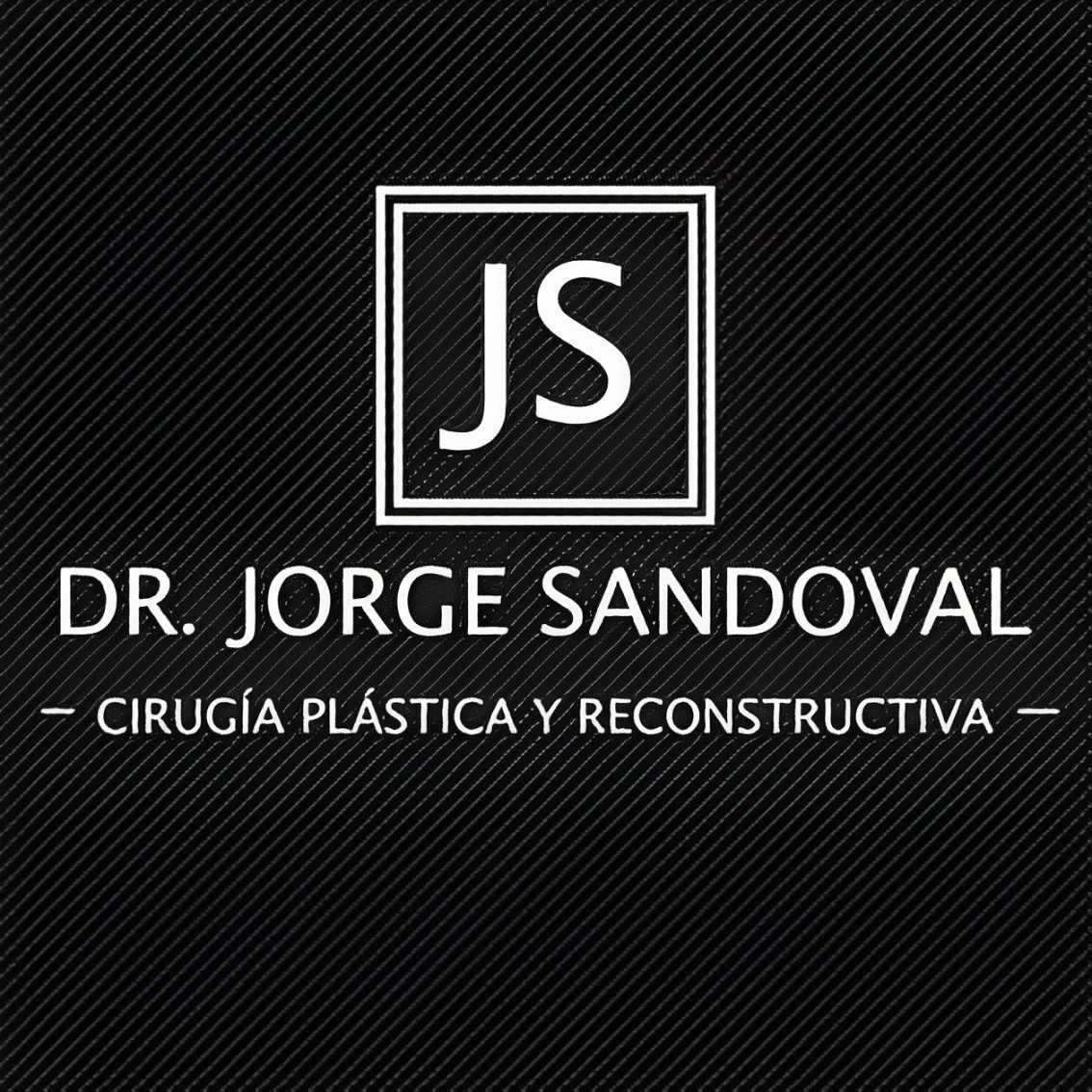Potential Risks of Body Lift Surgery in Mexico
.jpg)
Considering body lift surgery can be a life-changing decision, especially for those who have achieved significant weight loss and are looking to refine their body contours. Mexico has become a popular destination for such procedures due to its attractive pricing and the availability of numerous clinics.
However, while the appeal of affordability is strong, it's crucial to thoroughly understand the potential risks involved, particularly when undergoing a complex surgical procedure like a body lift in a foreign country. This isn't just about general surgical risks; it's also about navigating the unique challenges and considerations that come with medical tourism.
Embarking on a medical journey to another country requires careful planning and an awareness of all possible scenarios. When it comes to body lift surgery in Mexico, patients need to be informed about everything from surgical complications to logistical hurdles.
Our goal here is to provide a comprehensive overview of these risks, helping you make an informed decision and prioritize your safety and well-being. By addressing common questions and concerns, we aim to equip you with the knowledge needed to approach this significant step with confidence and caution.
What are the general surgical risks of a body lift?
A body lift is a significant surgical procedure that involves removing excess skin and fat, and tightening the underlying tissue, typically after substantial weight loss. Like all major surgeries, it comes with a set of inherent risks.
One of the primary concerns is infection, which can occur at the incision sites and, if severe, may require further medical intervention or hospitalization. Another common risk is excessive bleeding, both during and after the surgery, which might necessitate blood transfusions or additional procedures to stop the bleeding.
Patients should also be aware of the possibility of seroma and hematoma formation. A seroma is a collection of fluid under the skin, which may require drainage, while a hematoma is a collection of blood. Both can cause swelling, discomfort, and potentially lead to infection if not managed properly.
Furthermore, issues with wound healing, such as delayed healing or wound separation, are possible, especially in areas with significant skin removal and tension. Numbness or changes in skin sensation around the treated areas can also occur due to nerve damage, which may be temporary or, in some rare cases, permanent.
Finally, as with any surgery that involves incisions, visible scarring is an inevitable outcome of a body lift. While surgeons strive to place incisions in less conspicuous areas and use techniques that minimize their appearance, the extent and visibility of scars can vary greatly among individuals. Factors such as skin type, genetics, and post-operative care all play a role in how scars heal.
What specific complications can arise from body lift surgery in Mexico?
While the general risks of a body lift apply universally, choosing to undergo the procedure in Mexico can introduce specific complications related to the medical tourism environment. One significant concern is the variability in facility standards.
Not all clinics in Mexico operate at the same level of accreditation or adhere to the same stringent safety protocols found in countries with highly regulated healthcare systems. This can translate into risks such as outdated equipment, inadequate sterilization practices, or a lack of emergency resources readily available.
Communication barriers can also pose a serious risk. Patients who do not speak Spanish fluently may find it challenging to fully understand pre-operative instructions, communicate their concerns effectively to medical staff, or grasp post-operative care details. Misunderstandings can lead to errors in medication, inadequate follow-up care, or failure to recognize and report early signs of complications. It's vital that clear, consistent communication is maintained throughout the entire process.
Furthermore, verifying the credentials and experience of a surgeon in a foreign country can be more complex. While many Mexican plastic surgeons are highly skilled and board-certified, there are also individuals who may not meet international standards.
Without proper due diligence, patients risk entrusting their health to less qualified practitioners. Should complications arise, seeking legal recourse or even effective medical follow-up can be significantly more difficult due to differing legal systems and geographical distance, adding a layer of risk to the overall experience.
How does choosing a surgeon in Mexico affect body lift risks?
The surgeon you choose is arguably the most critical factor influencing the safety and success of your body lift. In Mexico, as in any country, there's a spectrum of surgical expertise and ethical practices.
Opting for a surgeon who is not board-certified by a recognized plastic surgery board (such as the Mexican Council of Plastic, Aesthetic and Reconstructive Surgery, CMCPER) or who lacks extensive experience specifically in body lift procedures significantly increases your risks. An inexperienced surgeon may struggle with complex surgical techniques, proper tissue handling, or accurate aesthetic judgment, leading to both functional and cosmetic complications.
Beyond technical skill, the surgeon's communication style and post-operative care philosophy are also important. A good surgeon will ensure you fully understand the procedure, its risks, and what to expect during recovery.
They should also have a clear plan for managing any potential complications, especially considering you will be returning home after a short recovery period. Without this level of engagement and transparency, you might find yourself unprepared for the recovery process or unsure of how to address issues once you've left Mexico.
Therefore, thorough research is non-negotiable. Look for surgeons with a strong track record, positive patient reviews, and demonstrable expertise in body lift surgery. Don't hesitate to ask for before-and-after photos, verify their certifications, and inquire about their complication rates. Choosing a reputable and highly qualified surgeon is your best defense against many of the potential risks associated with body lift surgery in Mexico.
What are the infection risks after body lift surgery in Mexico?
Infection is a serious concern after any major surgery, and body lift surgery is no exception. In the context of medical tourism in Mexico, several factors can potentially elevate this risk. The cleanliness and sterilization protocols of the surgical facility play a paramount role. If operating rooms or instruments are not meticulously sterilized, the chances of bacterial contamination increase significantly. Patients should ensure their chosen clinic adheres to international standards for hygiene and safety.
Another factor contributing to infection risk is post-operative care. Patients often return home relatively soon after surgery in Mexico, meaning they are responsible for much of their own wound care in their home environment. If instructions are not clearly understood, or if patients fail to follow them diligently, the risk of infection can rise. This includes proper wound cleaning, dressing changes, and recognizing early signs of infection. Communication barriers can exacerbate this issue, making it harder for patients to get clarification or report concerns to their surgeon remotely.
Early detection and treatment of infection are crucial. Patients need to be vigilant for symptoms such as increasing redness, warmth, swelling, pus or foul-smelling discharge from the incision sites, fever, or persistent pain. If these signs appear, immediate medical attention is necessary, which can be challenging to coordinate from a different country than where the surgery was performed. Having a clear plan for emergency care upon returning home is essential.
Are there risks related to anesthesia during body lift in Mexico?
Anesthesia is an integral part of body lift surgery, and while generally safe, it carries its own set of risks. These risks are not unique to Mexico but can be influenced by the standards of care in a particular facility. Common anesthesia-related complications include nausea, vomiting, shivering, sore throat, and headaches. More severe, though rare, complications can include allergic reactions to anesthetic agents, breathing problems, heart rhythm disturbances, stroke, or even death.
The key to minimizing anesthesia risks lies in the qualifications of the anesthesiologist and the quality of the monitoring equipment. Patients undergoing body lift surgery in Mexico should ensure that their anesthesia is administered by a board-certified anesthesiologist, not just a general practitioner or nurse.
This specialist should have extensive experience with major surgeries and be capable of managing any complications that arise during the procedure. It's also important that the surgical facility is equipped with modern anesthesia machines and monitoring devices that track vital signs continuously and accurately.
Before surgery, a thorough medical evaluation is critical to assess your fitness for anesthesia. Disclose your full medical history, including any medications, allergies, or previous reactions to anesthesia. Asking questions about the anesthesiologist's credentials and the safety protocols for anesthesia administration can provide peace of mind and help ensure a safer surgical experience.
What should I know about post-operative care and recovery risks in Mexico?
Effective post-operative care is just as crucial as the surgery itself for a successful recovery and to minimize body lift risks. When undergoing surgery in Mexico, patients typically have a shorter recovery period in the country before returning home.
This limited immediate follow-up can present challenges. Once back in their home country, patients may not have direct access to their operating surgeon for routine check-ups or to address minor concerns, relying instead on communication via phone or email, which can be less effective than in-person visits.
Another significant risk relates to understanding and adhering to recovery instructions. Language barriers can lead to misinterpretations of vital guidelines regarding wound care, activity restrictions, medication schedules, and signs of complications.
Failing to follow these instructions precisely can increase the risk of infection, poor wound healing, fluid accumulation, or even compromise the aesthetic results of the body lift. Clear, written instructions in your native language, along with demonstrations, are essential.
Furthermore, managing unexpected complications remotely can be incredibly stressful and difficult. If a severe infection, wound dehiscence (opening of the incision), or other serious issue arises after you've returned home, you will need to seek medical attention from a local doctor who was not involved in your initial surgery.
This can lead to delays in treatment, additional medical expenses, and potential disagreements over the best course of action. It's vital to have a contingency plan and communicate thoroughly with your surgeon about what to do in such scenarios before you leave Mexico.
What financial risks are associated with body lift surgery abroad?
While the initial cost savings are a primary driver for medical tourism, body lift surgery in Mexico can carry significant financial risks if not properly planned. The quoted price for surgery often does not include all potential expenses.
Hidden costs can emerge, such as consultation fees, pre-operative tests, medications, post-operative garments, hospital stay extensions, or unexpected fees for additional services. It's crucial to get a detailed, all-inclusive quote from the clinic before committing.
A major financial risk is the lack of adequate insurance coverage. Most standard health insurance policies do not cover elective cosmetic surgery, especially when performed in a foreign country.
This means that if you experience complications requiring further medical treatment upon returning home, you will likely be responsible for all related costs out-of-pocket. Some medical tourism insurance policies are available, but they often have limitations and specific exclusions, so thorough review is necessary.
Finally, consider the costs associated with potential revision surgery. If the initial body lift results are unsatisfactory or if complications necessitate further procedures, the expense of traveling back to Mexico for revision surgery, along with the surgical fees, can quickly erase any initial savings. Having to pay for a revision surgery from a local plastic surgeon in your home country would also be a significant unplanned expense. Always factor in potential unforeseen costs and have a financial buffer.
Can I expect quality results from a body lift in Mexico?
The quality of results from a body lift in Mexico can range from excellent to unsatisfactory, largely depending on the surgeon and facility chosen. Many Mexican plastic surgeons are highly trained, skilled, and produce results comparable to those in other leading countries.
These reputable surgeons work in modern, accredited facilities and adhere to high standards of care, delivering transformative and aesthetically pleasing outcomes for their patients. Their expertise allows them to effectively address excess skin and fat, creating smoother, more contoured body lines.
However, the concern arises when patients select surgeons or clinics based solely on the lowest price, without adequately vetting their credentials, experience, and patient outcomes.
An inexperienced surgeon may struggle with the intricate surgical techniques required for a body lift, potentially leading to uneven contours, visible deformities, excessive scarring, or loose skin pockets that were not adequately addressed. These aesthetic shortcomings can be emotionally distressing and may necessitate costly and complex revision surgeries.
Ultimately, achieving quality results hinges on thorough research and prudent decision-making. Look for surgeons who specialize in body contouring, have extensive experience with body lifts, and can provide a portfolio of consistent, high-quality results.
Patient testimonials and reviews can also offer valuable insights into a surgeon's skill and the overall patient experience. Prioritizing expertise and safety over cost alone is key to ensuring you get the desired outcome from your body lift surgery.
What are the revision surgery risks for body lifts done in Mexico?
If a body lift procedure in Mexico yields unsatisfactory results or leads to complications, revision surgery might be necessary. This introduces a new set of risks and challenges. Financially, revision surgery can be a significant unexpected expense. Most often, patients must cover the full cost of the second procedure, along with new travel and accommodation expenses if they return to Mexico. This can quickly negate any initial cost savings and add considerable stress.
Logistically, undergoing revision surgery abroad can be arduous. It requires patients to once again travel internationally, arrange for time off work, and manage recovery away from home, potentially incurring additional costs and disruption to their lives. The emotional toll of a failed primary surgery and the prospect of a second procedure can also be substantial, impacting a patient's mental well-being throughout the process.
Furthermore, from a surgical perspective, revision body lift procedures can be more complex than the initial surgery. The presence of existing scar tissue, altered anatomy, and previous surgical compromises can make the revision more challenging for the surgeon.
It might also be difficult to find a local surgeon in your home country who is willing to perform revisions on work done abroad, potentially limiting your options and increasing costs. This underscores the critical importance of selecting a highly qualified and reputable surgeon for your initial body lift to minimize the likelihood of needing revision surgery.
How can I minimize the risks of body lift surgery in Mexico?
Minimizing the risks of body lift surgery in Mexico requires proactive research and careful planning. The most crucial step is to select a highly qualified and reputable plastic surgeon. This means verifying their credentials, ensuring they are board-certified by a recognized plastic surgery board in Mexico (like the CMCPER), checking their experience specifically with body lift procedures, and reviewing their patient testimonials and before-and-after portfolios. A skilled surgeon is your best defense against many surgical complications and unsatisfactory results.
Equally important is the choice of surgical facility. Opt for clinics or hospitals that are internationally accredited and adhere to high safety and hygiene standards. Facilities with accreditations from organizations such as the Joint Commission International (JCI) or similar bodies offer a higher level of assurance regarding their infrastructure, equipment, and protocols. During your initial consultations, inquire about emergency procedures and the availability of specialized staff.
Effective communication is vital. Ensure there are no language barriers between you and your surgical team. If necessary, request an official medical interpreter. Clearly understand all pre-operative instructions, surgical details, and comprehensive post-operative care guidelines. Before you travel, get a detailed, all-inclusive quote that outlines every cost to avoid financial surprises. Additionally, plan for your recovery by arranging for local medical follow-up in your home country and having a contingency plan for potential complications. Setting realistic expectations about the outcomes and recovery process also helps mitigate emotional risks.
What questions should I ask a potential surgeon in Mexico?
Asking the right questions during your consultation is essential for evaluating a potential surgeon and minimizing body lift risks. Start by confirming their board certification: "Are you board-certified in plastic surgery by the Mexican Council of Plastic, Aesthetic and Reconstructive Surgery (CMCPER)?" This is a non-negotiable credential. Follow up by asking about their specific experience with body lift procedures: "How many body lift surgeries have you performed? Can I see before-and-after photos of your previous body lift patients?"
It's also critical to understand their approach to safety and potential complications. Ask: "What are your complication rates for body lift surgery? How do you manage complications such as infection or excessive bleeding? What type of anesthesia will be used, and who will administer it (a board-certified anesthesiologist)?" Inquire about the facility where the surgery will take place: "Is the surgical facility accredited? What emergency protocols are in place?"
For post-operative care, ask: "What does the post-operative care plan involve, both in Mexico and after I return home? How will I communicate with you or your team if I have concerns or complications once I'm back in my country?" Finally, clarify all financial aspects: "What is the total cost of the surgery, and what does it include (consultation, facility fees, anesthesia, medications, post-operative garments)? Are there any hidden fees? What is your policy on revision surgery if the results are not satisfactory or if complications occur?" These questions will provide you with a comprehensive understanding of the surgeon's qualifications, the procedure, and the associated risks and costs.
How important is post-operative follow-up after body lift surgery in Mexico?
Post-operative follow-up is not merely a formality; it is a critical component of successful body lift recovery, regardless of where the surgery is performed. After a major procedure like a body lift, consistent monitoring is essential to ensure proper healing, identify and address any complications early, and achieve the best possible aesthetic outcome. This includes checking wound integrity, managing drains, assessing for signs of infection or fluid accumulation, and guiding patients through their recovery milestones.
When surgery is performed in Mexico, the importance of this follow-up is amplified due to geographical distance. Patients typically spend a limited time in Mexico for immediate recovery before returning home. This means that much of the long-term follow-up will need to be managed remotely or with a local healthcare provider who was not part of the initial surgical team. Challenges can arise with:
- Timely Assessment: Delays in communicating concerns or receiving professional medical advice can turn minor issues into significant complications.
- Continuity of Care: A local doctor may not have full access to your surgical history or the specific nuances of your procedure performed abroad, potentially complicating diagnosis and treatment.
- Patient Compliance: Without direct, in-person supervision from the operating surgeon, patients may inadvertently deviate from post-operative instructions.
Therefore, before undergoing body lift surgery in Mexico, it is imperative to establish a clear and robust plan for post-operative follow-up. Discuss with your Mexican surgeon how remote consultations will be handled (e.g., video calls, secure messaging), what information they will provide for your local doctor, and what specific steps to take if you suspect a complication. Also, identify a local physician or plastic surgeon in your home country who is willing to manage your follow-up care and address any issues that may arise. This proactive approach ensures you have a safety net for your recovery and can mitigate many potential body lift risks associated with international travel for surgery.
Are medical tourism accreditation bodies reliable for Mexico clinics?
Medical tourism accreditation bodies play a crucial role in providing a benchmark for quality and safety in international healthcare. For clinics in Mexico, certifications from reputable organizations like Joint Commission International (JCI) or the Accreditation Association for Ambulatory Health Care (AAAHC) can be strong indicators of reliability.
These accreditations mean that the facility has undergone rigorous evaluations and meets stringent international standards for patient care, safety, infection control, and facility management. Choosing a JCI-accredited hospital or clinic for your body lift surgery in Mexico can significantly reduce many inherent body lift risks.
However, it's important to understand the nuances of these accreditations.
- Verification is Key: While an accreditation logo on a website is a good starting point, always verify the current status of the accreditation directly with the accrediting body. Accreditations can expire or be revoked.
- Not All Clinics are Accredited: Many clinics in Mexico, particularly smaller ones or those focused solely on aesthetic procedures, may not pursue or achieve these international accreditations due to the cost and rigorous requirements. The absence of such an accreditation doesn't automatically mean a clinic is unsafe, but it does mean you'll need to conduct even more thorough due diligence on their individual standards and practices.
- Focus on the Specifics: Even within an accredited hospital, ensure the specific department or surgeon you are considering has a strong track record in plastic surgery. The accreditation covers the institution, but individual surgeon skill is still paramount.
In conclusion, while medical tourism accreditation bodies provide a valuable layer of assurance, they should be one component of your comprehensive research when considering body lift surgery in Mexico. Combine this information with direct surgeon credential verification, patient reviews, and thorough communication to make the most informed decision possible, ultimately helping to minimize the body lift risks associated with your medical journey.
Ready to explore safe and reputable options for your body lift surgery or other medical needs? Visit PlacidWay to connect with accredited international hospitals and experienced surgeons, ensuring a well-informed and secure medical tourism journey.


.png)


.jpg)



-for-Vancouver-Patients-in-Guadalajara,-Mexico.jpg)







Share this listing